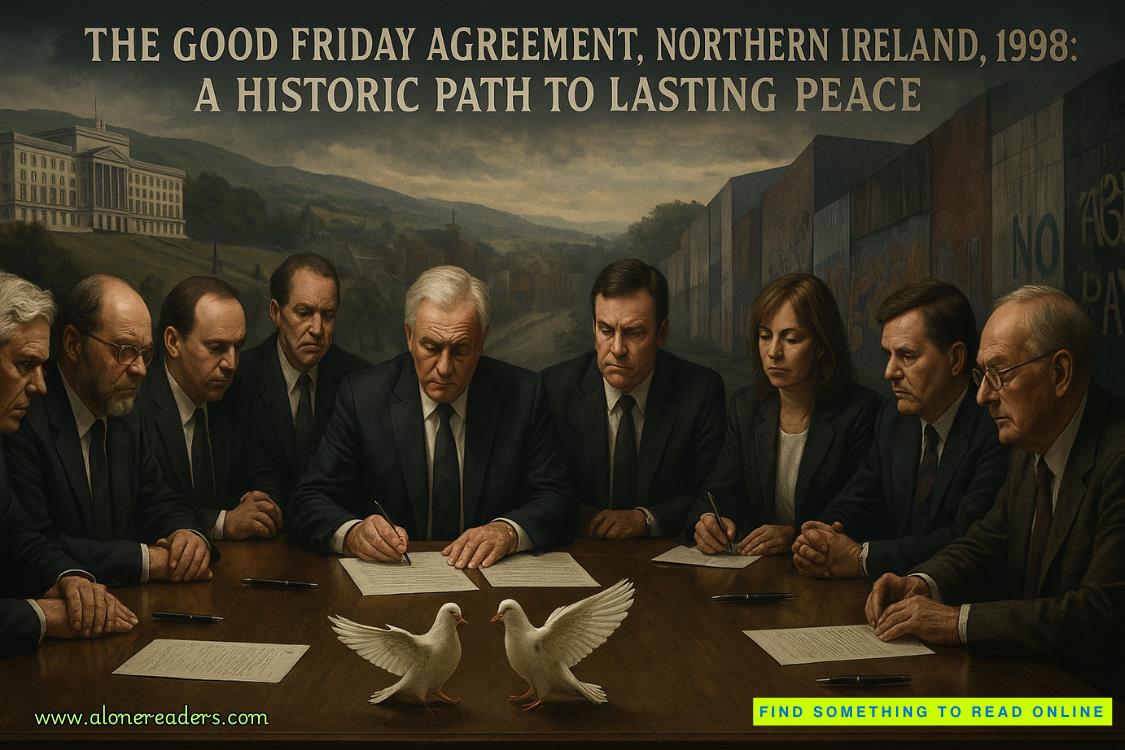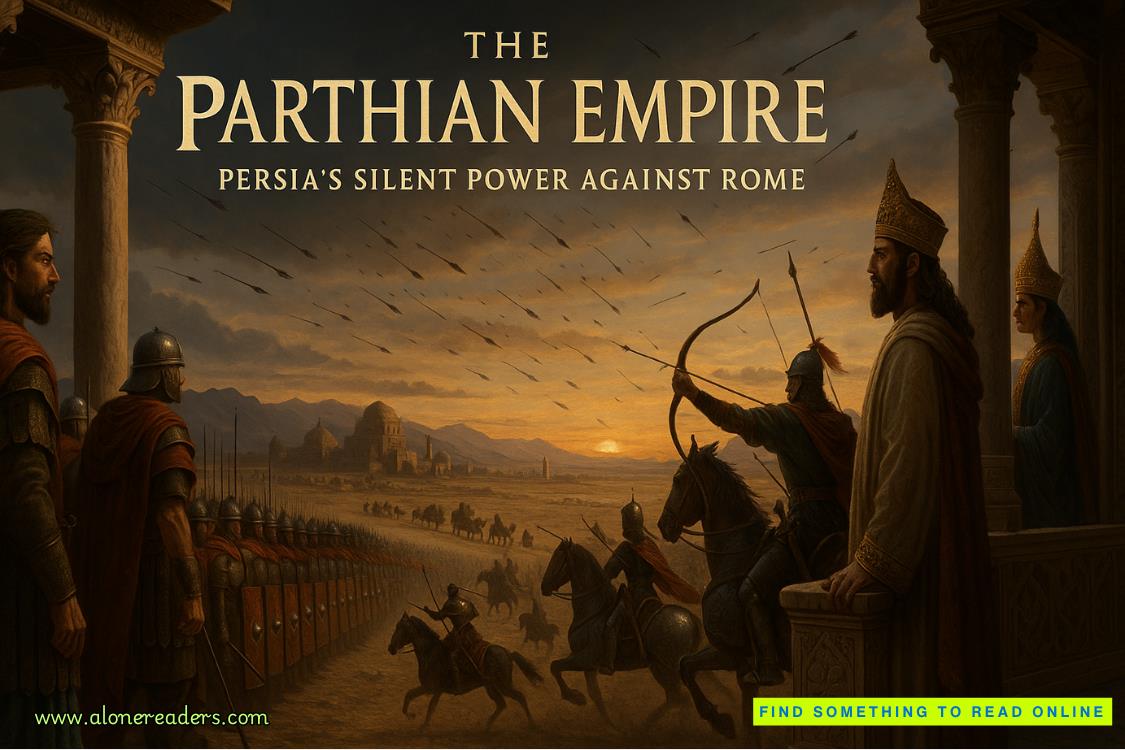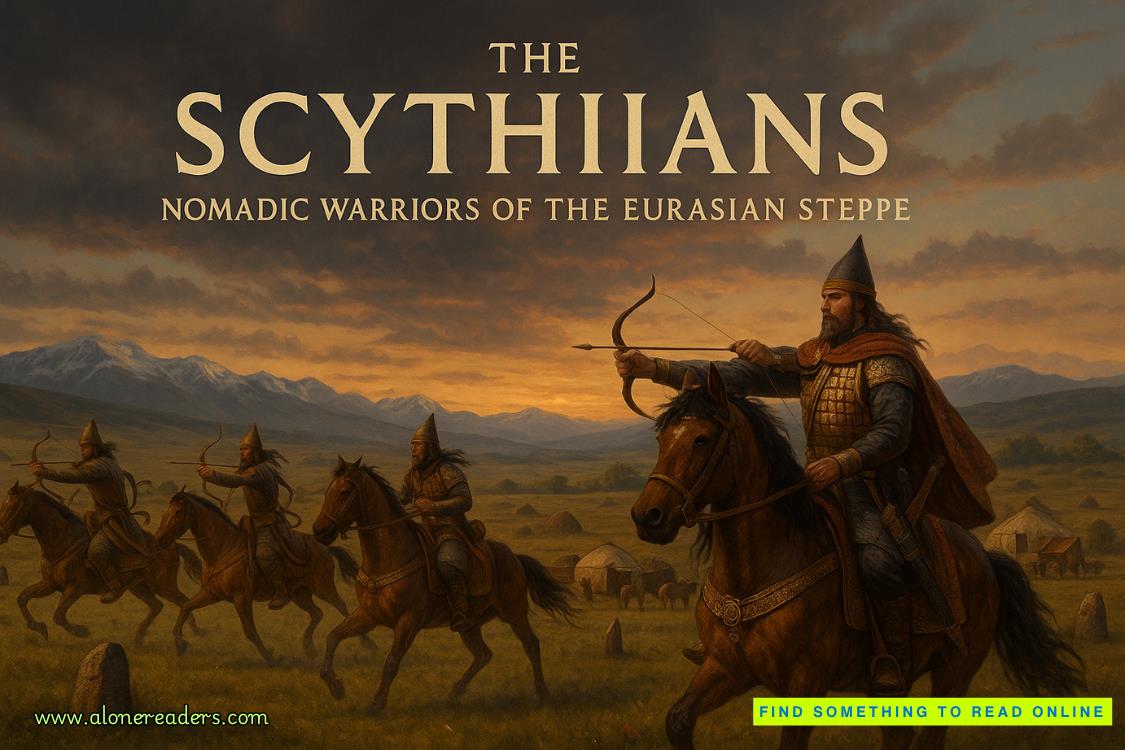Page 91 of Protected By My Best Friend's Brother
“Everything’s set,” Sophie confirms, practically vibrating with suppressed emotion as she reviews the final checklist in my office. “The timing is perfect with the division launch event, and I’ve coordinated with the team on all the details. Though I still think we should have included—”
“No rubber ducks,” I cut her off, remembering Emma’s comment about my suspicious mood at breakfast. She knows something’s up; her analyst’s mind is too sharp to miss my unusual behavior this week. “This needs to be perfect.”
“It already is.” She hugs me impulsively. “Because it’s completely you two. Professional and personal, innovative and traditional, perfectly planned, and still probably going to involve something accidentally catching fire.”
“Your confidence is overwhelming.”
“Hey.” She turns serious, holding me at arm’s length. “You know why this plan is perfect? Because it celebrates who you are together. The CEO and the innovator who make each other better. The professionals who aren’t afraid to be real. The partners who turn chaos into brilliance.”
Looking around my office—at Emma’s sustainability reports mixed with my financial projections, her color-coded stickynotes brightening my careful organization, our shared vision building something revolutionary—I know Sophie’s right.
The traditional proposal I’d originally planned would have been beautiful but expected. This new approach feels right—a perfect blend of our professional partnership and personal connection, honoring the business challenges that brought us together and the deeper bond that’s grown between us.
Tomorrow will change everything.
And I can’t wait.
Chapter Thirty
Emma
Ishould have known something was up when the entire team color-coordinated their outfits for the quarterly review meeting.
Even Garrett, reinstated as head of client relations in my new division, is wearing a tie that perfectly matches our sustainability metrics palette. The same Garrett who once dismissed my color-coding system as “chaotically unprofessional” is now sporting the shade of blue which represents optimal efficiency in our tracking software. And Sophie’s been practically vibrating with suppressed excitement all morning, shooting meaningful glances at Natalie each time she thinks I’m not looking.
But I’m too focused on my presentation to think about it. This is my first major review as division head, and I want to show the board that their trust in my unconventional methods has paid off. Our human-centered approach to sustainable technology has attracted attention from companies beyond the manufacturing sector, with inquiries from healthcare, education, and government agencies interested in our hybrid implementation model.
The conference room has been prepped with my usual meticulous attention to detail. Presentation materials are arranged in order of discussion priority, reports are color-coded by implementation success metrics, and even the refreshments are positioned for optimal meeting flow. Everything is perfect, organized, and precisely as it should be.
I straighten my blazer, checking my reflection on the glass wall. My navy suit is professional but with subtle color accents that match our division’s branding—my small rebellion against corporate blandness. I adjust my sleek silver headband, a gift from Sophie for “professional emergencies,” as I arrange my presentation materials one final time. The room slowly fills with board members, all seeming oddly anticipatory.
Bradshaw smiles when he enters, which is so out of character that I nearly drop my presentation remote. The chairwoman asks about my parents rather than diving straight into business metrics. Jenkins compliments the refreshment selection, specifically noting the color coordination with our division’s sustainability rating system.
“Ready to dazzle them?” Lucas appears in the doorway, looking unfairly handsome in a suit that perfectly matches our division’s color scheme. The deep blue of his tie exactly complements the accent color of my blazer, as if we coordinated our outfits. Wait. Since when does Lucas coordinate his suits with my organizational system?
“What’s going on?” I narrow my eyes at him, my analyst brain shifting into high gear. “Everyone’s acting strange. Even Garrett complimented my color-coding system this morning. Garrett, who once called my sticky note arrangement ‘an affront to professional documentation standards.’”
“Can’t a CEO support his brilliant division head’s first quarterly review?” But there’s something in his smile that makes my heart skip—that combination of pride, nervousness, and excitement I’ve come to recognize when he’s planning something significant.
Before I can interrogate him further, the chairwoman calls the meeting to order, her usual no-nonsense demeanor softened by what almost looks like anticipation. I launch into my presentation, momentarily forgetting my suspicions as I focus on showing the board exactly how successful our human-centered approach has been.
“As you can see from these implementation metrics, we’ve not just revolutionized the Johnsons’ operations, but we’ve successfully adapted our approach for three additional clients.” I move through my slides with practiced precision, highlighting the impressive results from our first quarter as an official division. “By integrating sustainable technology with existing workplace cultures, we’ve achieved adoption rates 43% higher than industry standard.”
The board members nod along, but I notice they’re watching me rather than the presentation screen. Even Miller, who typically scrutinizes every number with skeptical intensity, seems more interested in my reaction than the data I’m presenting.
“These successes demonstrate that our human-centered approach creates more than just temporary improvements,” I continue, determined to stay on track despite the strangeatmosphere. “As you can see from these metrics—” I click on my next slide and stop mid-sentence, the words dying in my throat.
Because instead of my efficiency graphs showing quarter-over-quarter improvements, there’s a photo of Lucas and me at the manufacturing plant, both covered in grease but grinning like we’ve discovered the secret to unlimited sustainable energy. Then another one of us in his office heads bent over reports, my color-coded sticky notes creating a rainbow around us. More images follow, telling our story through candid moments caught by various team members over the past months.
Us working late in the conference room, surrounded by implementation plans. The team celebration at O’Sullivan’s after the Gordon Junior crisis, with rubber ducks somehow perched on everyone’s drinks. Lucas and I in the break room, sharing coffee and ideas while reviewing sustainability metrics.
I turn to find Lucas standing, his expression soft but certain. The usual confidence of the CEO is there but tempered with something more vulnerable, more personal.
“Lucas, what—”
The conference room doors open, and my parents walk in with Elizabeth Walker. My mom’s eyes are already glistening, and Dad’s trying to hide his proud smile. Behind them, the team gathers, every member of our sustainable technology division wearing the same knowing smile. Sophie stands front and center, practically bouncing with excitement, a phone already positioned to record.
“Emma Hastings.” Lucas moves to stand before me, taking my hands in his. His touch is warm and steady, grounding me as my mind races to process what’s happening. “Ten years ago, you walked into my father’s office with color-coded sustainability proposals and revolutionary ideas that nobody else could see. You made me believe I could be more than what everyone expected. More importantly, you made me want to be more.”















